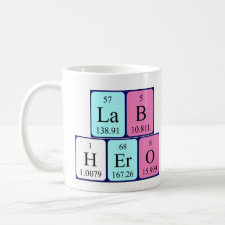
Authors: Holthoff EL, Bright FV
Article Title: Photophysics associated with site selectively templated and tagged xerogel sensor platforms.
Publication date: 2010
Journal: Applied Spectroscopy
Volume: 64
Issue: (7)
Page numbers: 714-719.
DOI: 10.1366/000370210791666408
Alternative URL: http://journals.sagepub.com/doi/abs/10.1366/000370210791666408
Abstract: The analytical signal produced from a site selectively templated and tagged xerogel (SSTTX) based sensor is more completely elucidated. In an SSTTX, target analyte (TA) binding sites are created within a xerogel and a fluorescent reporter molecule (e.g., nitrobenzo-2-oxa-1,3-diazole, NBD) is covalently and selectively positioned within the template site. TA binding modulates the NBD cybotactic region, yielding a TA concentrationdependent change in the NBD reporter fluorescence. Our results reveal that there are two NBD sub-populations within the SSTTX. One subpopulation is associated with misformed template sites that bind TA poorly and the NBD reporter molecules are heavily quenched by an adjacent amine residue that is intentionally positioned within close proximity to the NBD reporter molecule. The second NBD sub-population is associated with a properly formed template site that binds TA; the adjacent amine is still present but it is not as close to the NBD in comparison to the misformed site. When TA is present, the TA-responsive site binds TA, the TA disrupts the adjacent amine-NBD interaction (dequenching), and the NBD fluorescence increases. All NBD quenching occurs via photo-induced electron transfer (PET) from the adjacent amines to the excited NBD reporter molecules. As the mole fraction ratio of n-octyltrimethoxysilane (C8-TMOS) to tetramethoxysilane (TMOS) within an SSTTX increases, the misformed site mole fraction decreases and the dissociation constant (Ka) for TA binding to the TA-responsive site decreases by 13-fold. © 2010 Society for Applied Spectroscopy
Author keywords: fluorescence, molecular imprinting, photophysics, sensors



Join the Society for Molecular Imprinting

New items RSS feed
Sign-up for e-mail updates:
Choose between receiving an occasional newsletter or more frequent e-mail alerts.
Click here to go to the sign-up page.
Is your name elemental or peptidic? Enter your name and find out by clicking either of the buttons below!
Other products you may like:
 MIPdatabase
MIPdatabase









